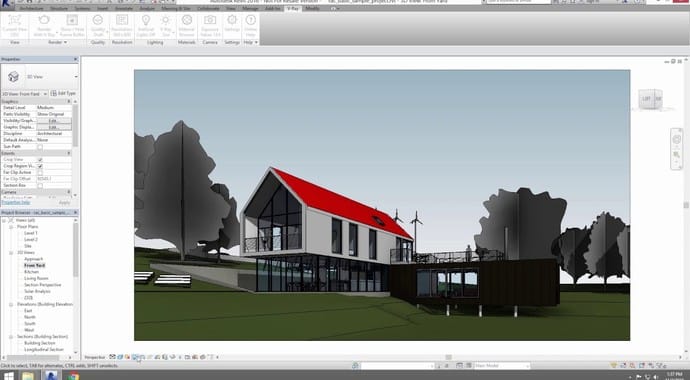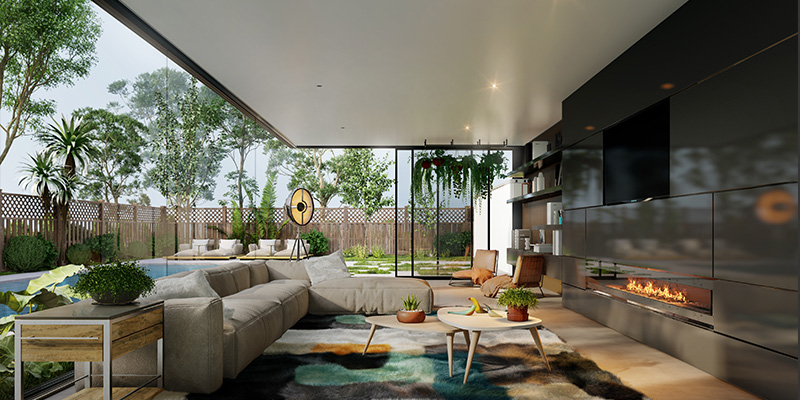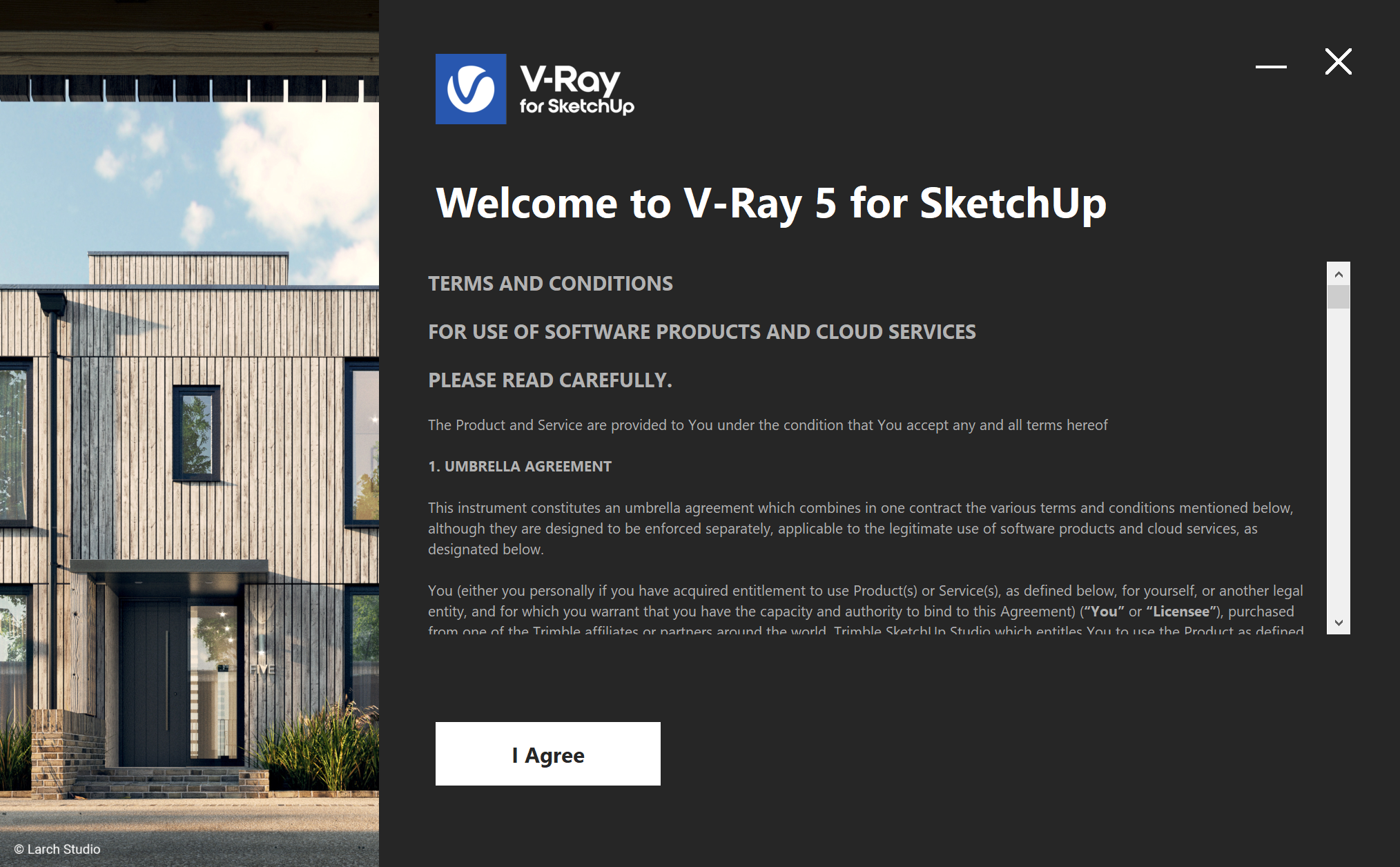
If you click on any of these materials, your material preview will show you a preview of what that material is going to look like within your Vray Rendering. Notice that this will correspond with the materials contained in the “In Model” dropdown of your material editor in SketchUp. When you first open up the material editor, you’re going to see a list of the materials currently contained in the SketchUp model.Click on the circle with the checkerboard pattern to access the material editor. To start off, material editing in Vray 3.6 occurs within the asset editor, which can be found in the Vray for SketchUp toolbar.So far, when working with Vray, we’ve talked about lighting our models – now I want to give you an introduction to working with materials in Vray. If so, please consider supporting me on Patreon (click here to support) or by visiting my Support the Show Page! In this video, learn the basics of applying qualities to materials in Vray for SketchUp to create photorealistic materials!ĭo you like these SketchUp tutorials and videos? Voila!ġ4) Flatten your image and now adjust your curves, contrast, tones, glow effects etc… I’ll do another tutorial on adjustments soon.GETTING STARTED WITH VRAY MATERIALS – Vray Rendering for SketchUp Tutorial In the Layer Panel, select the Zdepth icon (see Step 9 image) and drag to garbage can. Once you’re happy with the preview, click OK.ġ3) You’ll notice that there’s no change to the image! All that hard work in fine tuning the filter gone? No worries. Just play around with the settings as you wish. I don’t use the Noise, Specular Highlights and Distribution parameters. If you have evening or low light renderings, you might want to adjust your blades to be more rounded. Adjust the Radius to adjust your Bokeh (blur) effect.

Click anywhere on the image to decide where you would like to focus. Should look like below.ġ2) This is where the fun starts! Make sure the Depth Map Source has the Layer Mask selected. The flickering dotted line outlining the image will disappear.ġ1) On the above navigation, Click Filter > Blur > Lens Blur. It should look like below.Ĩ) Now, back to the Layers Panel and Right Click and select Duplicate Layer.ĩ) Tricky part: Select the base layer and select the Zdepth icon (See Below) and Click and Drag to the Garbage Can below.ġ0) Now, make sure you have the Duplicated Layer active (top of stack). Notice the Channels Panel on the right now has a new Channels layer called Layer 0 Mask.ħ) Make sure you have the Channels Layer selected and paste press to paste the Zdepth pass we just copied in step (3). On the right in the Layers panel, Right Click the Background image and Select “ Layer from Background “.ĥ) In the same Layers panel, Click on the Channels Tab.Ħ) Now go to the above menus and select Layer > Layer Mask > Reveal All. Ĥ) Now select your Beauty Pass file and create a new layer from background. For the purposes of simplicity, I’ll only be using these two passes. Open your passes files 1) beauty pass and 2) Z depth in Photoshop.ģ) With your Zdepth pass file Open, Select All and Copy and.

#HOW TO USE VRAY HOW TO#
I won Save ’t be covering how you do that in this tutorial but you can find many other tutorials on the web to show you how to do that.Ģ) Now start your photo editor (in this case Photoshop and honestly not my preferred tool). You be the judge to see if this technique is more efficient than using vray and 3dsmax’s features.ġ) Before you open Photoshop, PhotoPaint or your fav photo editor, make sure you render out passes (specifically the zdepth pass). Note that the Alpha pass won’t be used in this tutorial.

Below is an image of the layer stack we’ll be looking at. I know you can use the built-in vray and 3dsmax depth of field features but the following technique is much faster. In the following tutorial, I will demonstrate how to achieve realistic Bokeh (blur) using Autodesk 3dsmax passes and Photoshop. Imagine the fashion industry without makeup on their models. To meet the client’s expectations of high quality images, enhancing visual impact is a necessity especially if the underlying goal is to make money. Why? Un-processed content is unbalanced, flat, lacks visual impact, detail and life = boring. This is also done is video, animation and audio production. Similarly, 3d images need to be processed. In the print world, 99% of all images you see in magazines, books, newsprint etc… have gone through some sort of processing. There are many ways to enhance your 3d renderings after they are produced out of your favourite 3d application.

Introduction There are many ways to enhance your 3d renderings after they are produced out of your favourite 3d application.


 0 kommentar(er)
0 kommentar(er)
